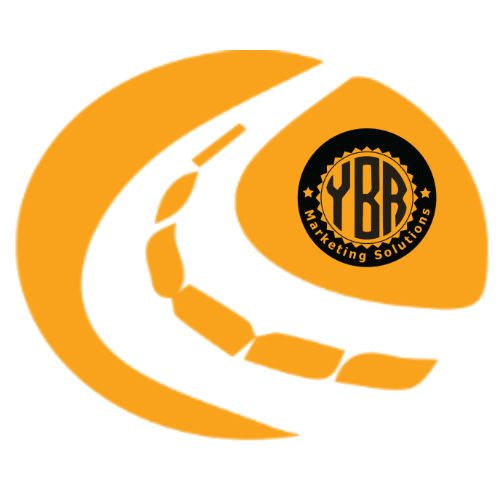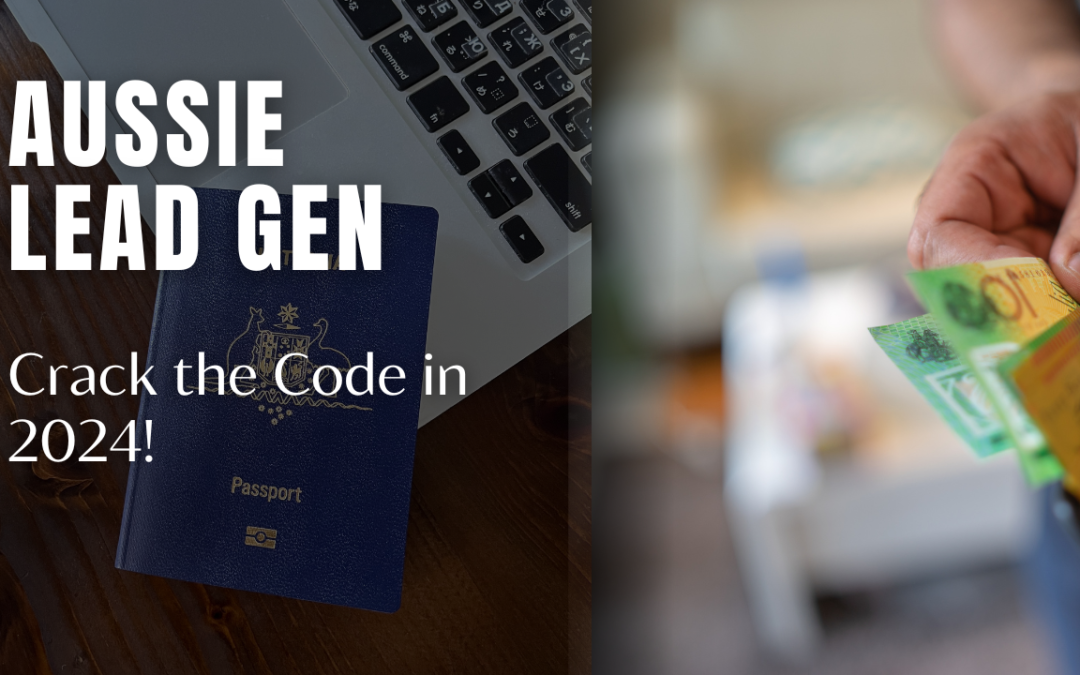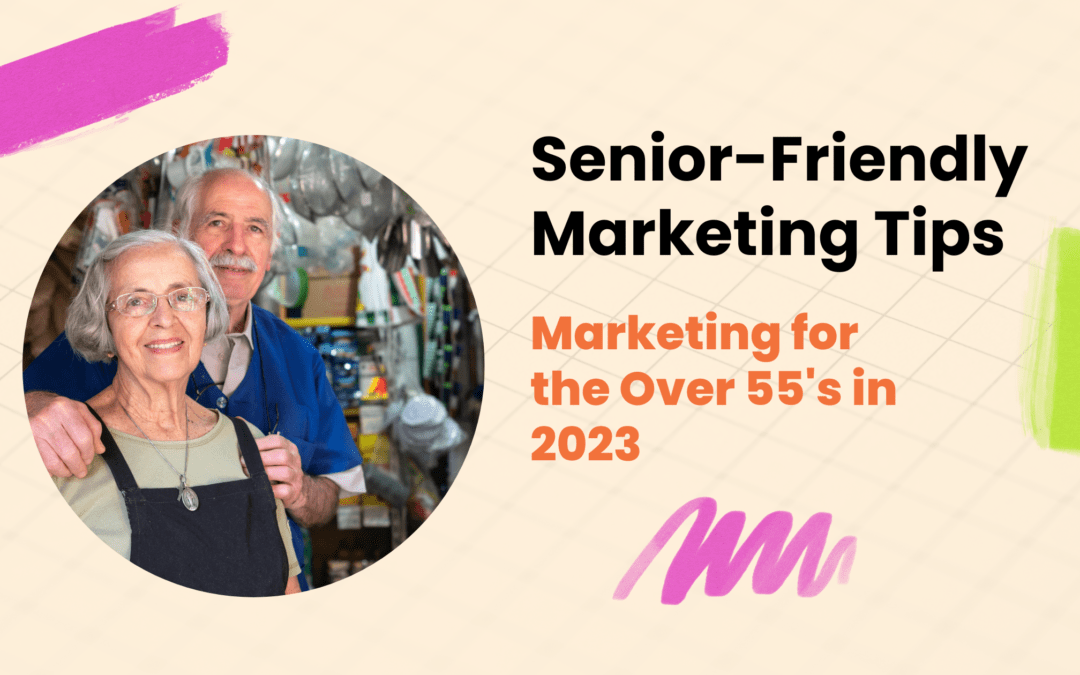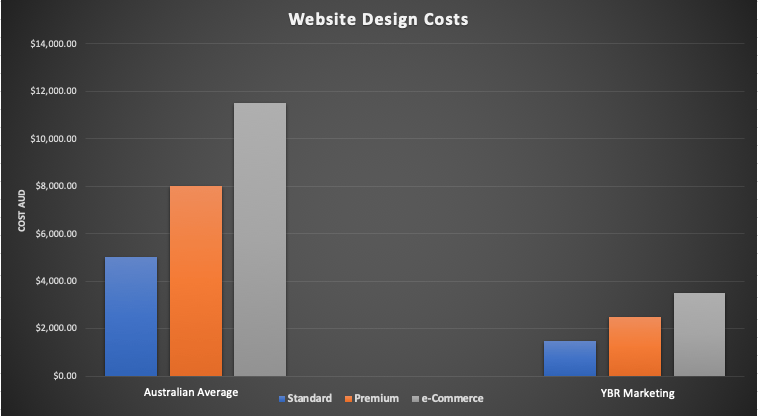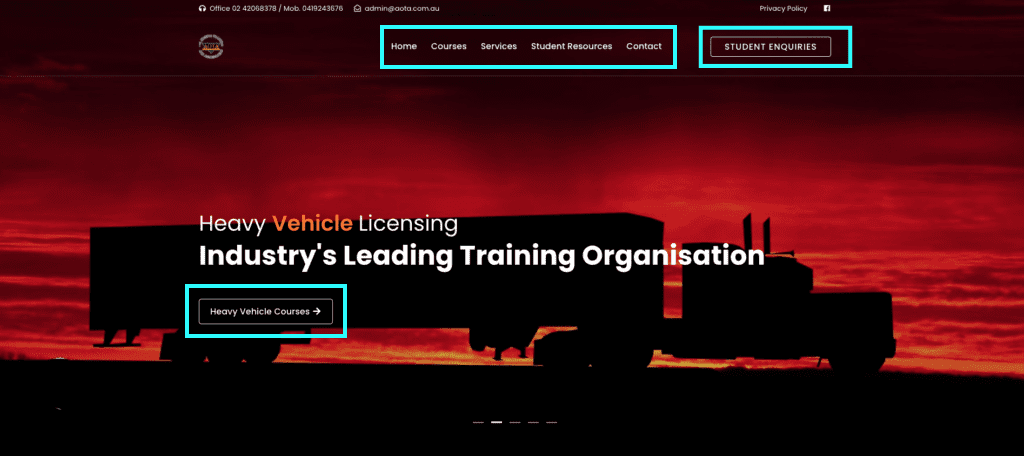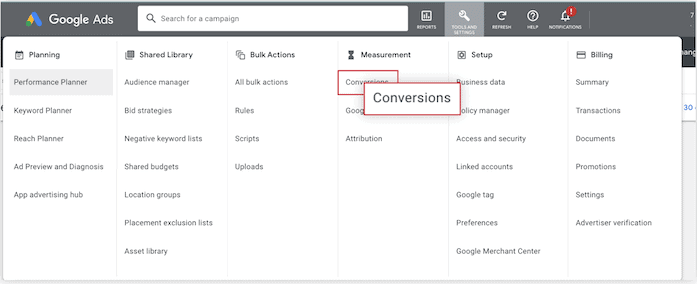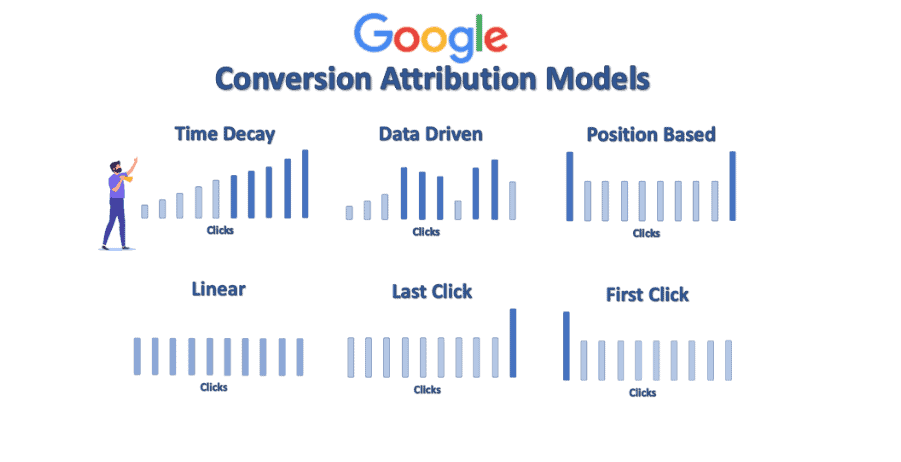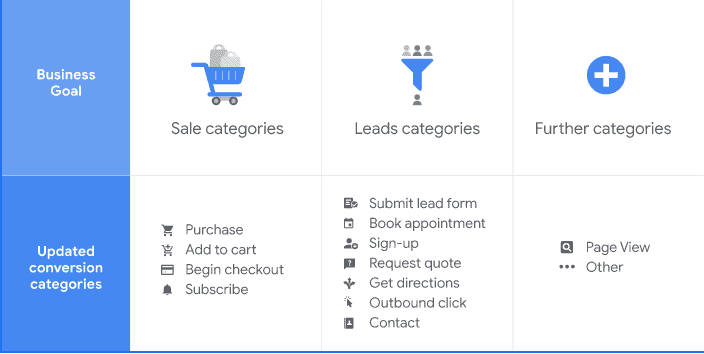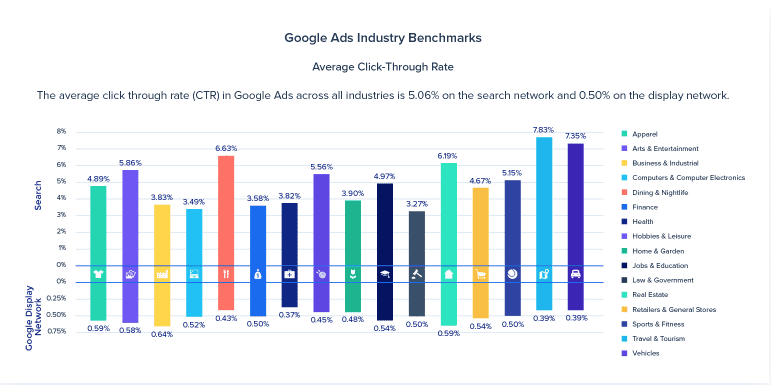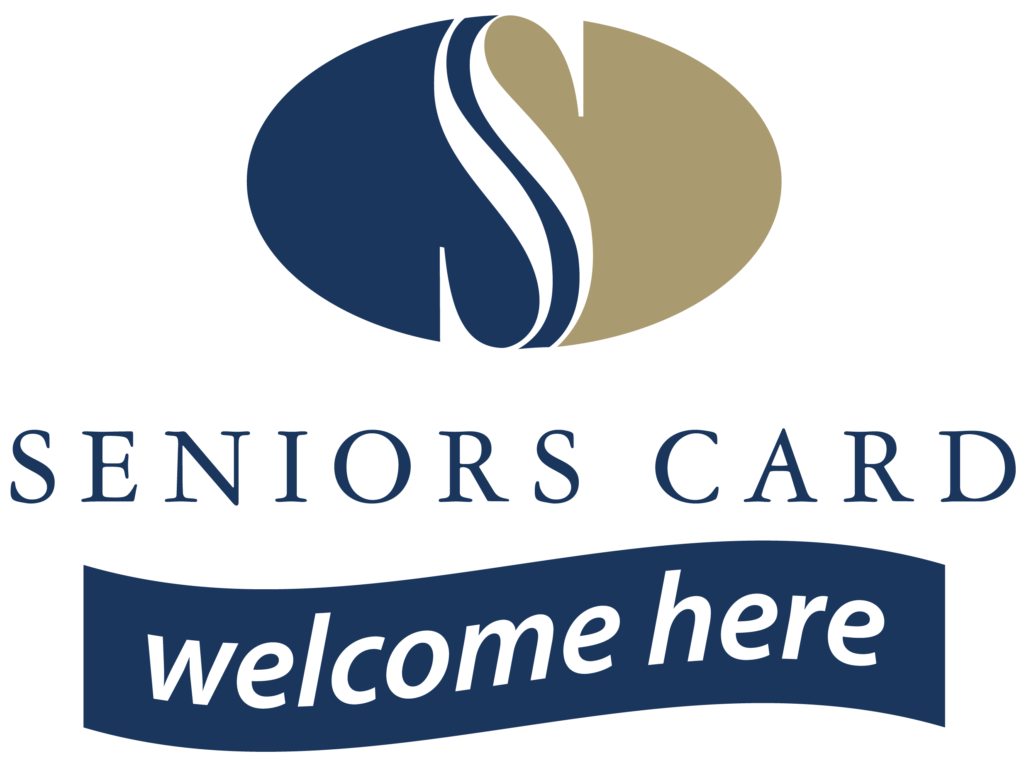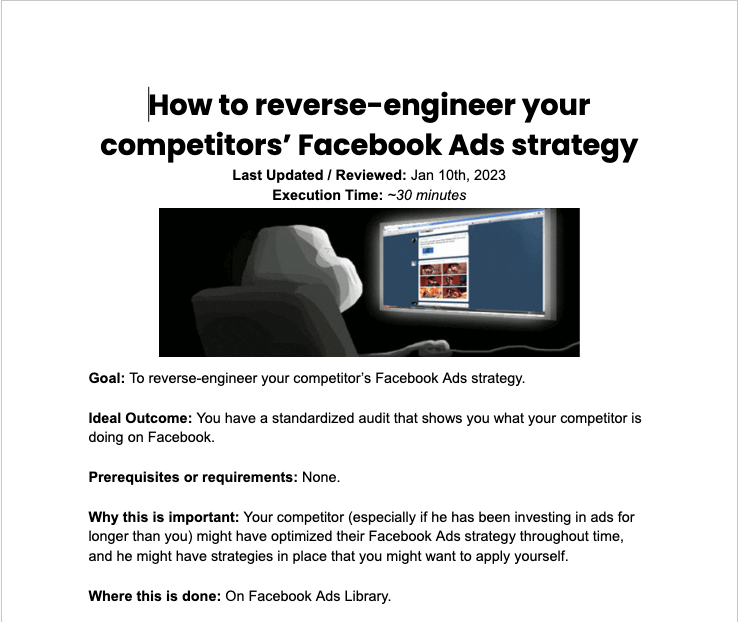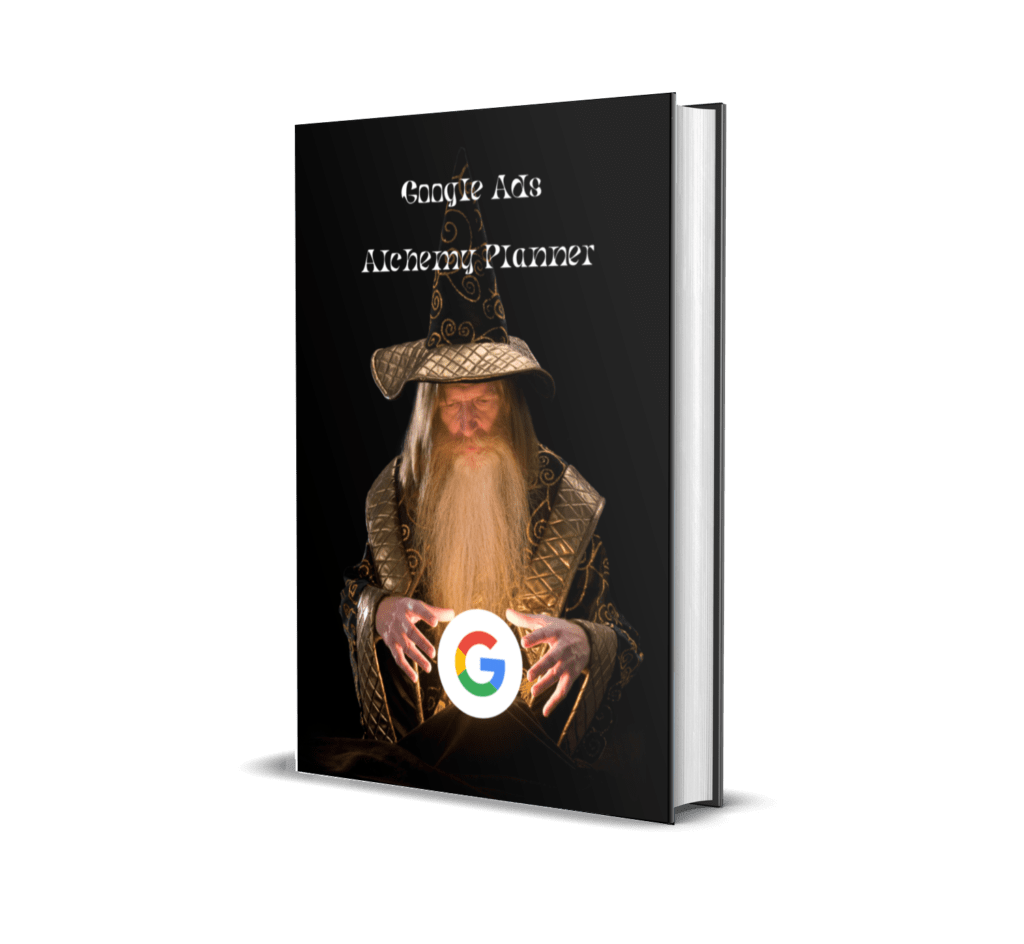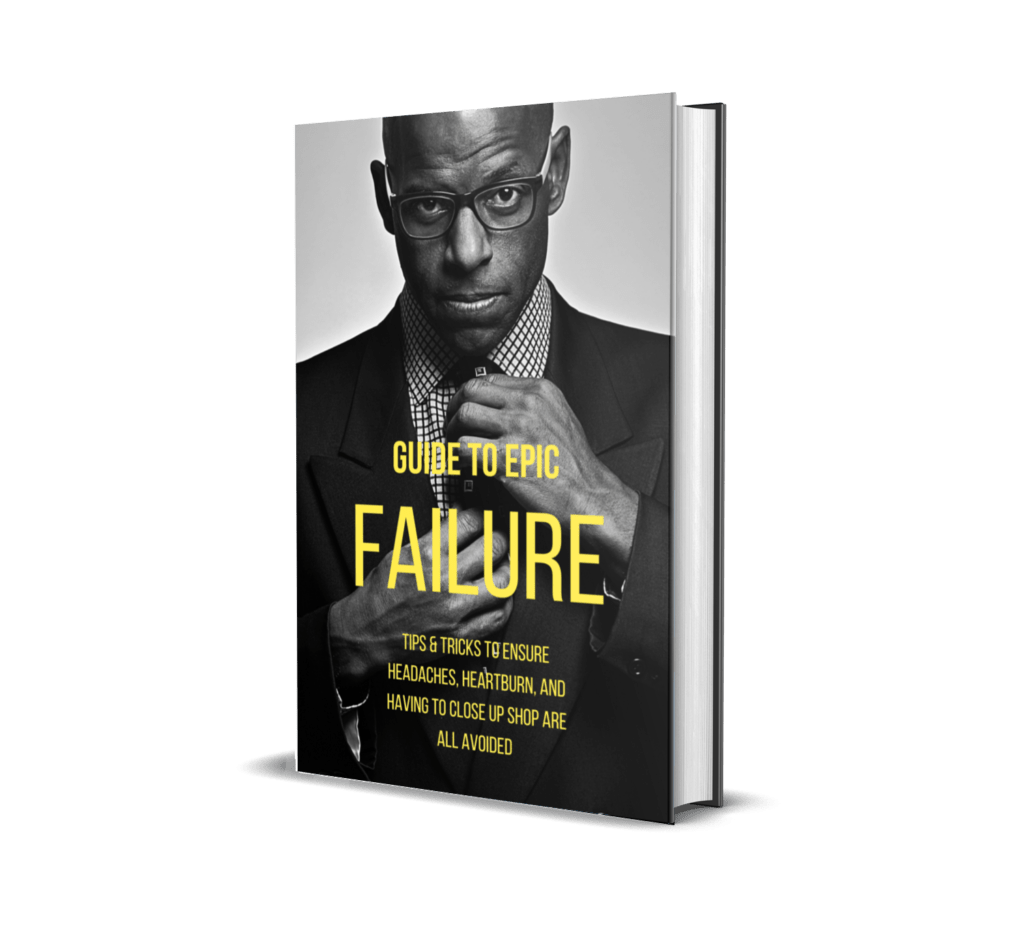
DIY Growth Plan vs. Expert Help: Which Fits Your SME?
Tired of Feeling Stuck? How a Growth Plan for your SME Sets You Free
Imagine this: You’re staring at a mountain of potential. Your Small to Medium – Sized Enterprise (SME) is brimming with possibilities, but the sheer scale of growth feels overwhelming. You know you need a plan, a roadmap to take your business to the next level. But where do you even begin?
This is the reality for countless Australian small and medium-sized enterprises (SMEs). According to a recent report by the Australian Bureau of Statistics (ABS), SMEs make up a staggering 99.8% of all Australian businesses. Source: ABS, Australian Small Business Statistics, 2023. That’s a massive pool of entrepreneurs yearning to propel their ventures forward. The good news? A well-crafted growth plan is the key that unlocks that potential.
However, crafting a growth plan isn’t a one-size-fits-all endeavor. The question then becomes: DIY or “Done With You”? This blog explores the nuances of both approaches, delving into often overlooked aspects to help you find the perfect support system for your SME’s unique climb.
The DIY Route: Building Your Own Ascent
The DIY approach is a self-reliant journey. You take the reins, researching, strategising, and implementing your growth plan on your own terms. This offers several advantages:
- Cost-Effectiveness: DIY avoids upfront consulting fees, making it a budget-friendly option.
- Autonomy: You have complete control over the plan’s direction and pace, ensuring alignment with your vision.
- Learning Experience: The process itself becomes a valuable learning curve, building your knowledge and confidence.
But here’s the flip side:
- Time Commitment: Researching strategies, analysing data, and crafting a comprehensive plan demands significant time investment. For busy SME owners, this can be a major hurdle.
- Knowledge Gap: You might lack specific expertise in crucial areas, leading to potential blind spots in your plan.
- Accountability Factor: The absence of external guidance can make it harder to stay on track and motivated.
The “Done With You” Approach: Partnering for Peak Performance
The “Done With You” model bridges the gap between complete autonomy and fully outsourced services. Here, you collaborate with a consultant or coach who guides you through the growth plan creation process. It offers numerous benefits:
- Expert Insights: You gain access to valuable knowledge and experience, ensuring your plan is grounded in best practices.
- Streamlined Process: The consultant facilitates the process, saving you valuable time and streamlining implementation.
- Accountability Partner: Your coach provides ongoing support, keeping you motivated and focused on achieving your goals.
However, there are some considerations:
- Cost: This approach typically involves fees for the consultant’s services.
- Adaptability: While the plan is tailored to your needs, it might not offer the same level of hands-on control as a DIY approach.
- Finding the Right Fit: Selecting the right consultant with the expertise and experience aligned with your vision is crucial.
Beyond the Basics: Uncovering the Hidden Considerations
Most blogs typically stop here, outlining the pros and cons of each approach. However, there’s a crucial layer often missed – the hidden considerations that determine the right fit for your SME. Here are some key factors to ponder:
- Your Stage of Growth: Are you a young startup laying the foundation? A well-established business seeking expansion? Your needs will change depending on where you are in the journey.
- Your Skillset and Time Availability: Honest self-assessment is critical. Do you possess the necessary expertise for a DIY approach, or can you spare the time investment?
- Your Leadership Style: Do you thrive on independent decision-making or benefit from collaborative brainstorming and expert guidance?
- The Complexity of Your Growth Goals: A simple market expansion plan might be DIY-friendly, while a complex digital transformation might require the expertise of a “Done With You” partner.
- Your Learning Preferences: Do you learn best by diving in headfirst or by having a mentor guide you through the process?
Unveiling the “Goldilocks Zone” of Growth Plan Support
Ultimately, the ideal approach lies somewhere on a spectrum – not a rigid binary choice. The “Goldilocks Zone” of growth plan support exists where the level of assistance perfectly matches your unique needs and resources. Here’s where some creative thinking comes in:
- Hybrid Approach: Consider a blend. Start DIY, but engage a “consultant” for specific areas requiring expertise or an objective perspective.
- Phased Approach: Begin with a DIY plan for a foundational level of growth. As your goals become more complex, transition to a “Done With You” approach.
- “In-the-Trenches” Support: Perhaps a full-fledged “Done With You” consultant feels premature. Engage a specialist for an hourly consultation for tackling specific challenges within your DIY plan.
Real-World SME Stories: Finding Their Path
Sometimes the best way to make a decision is by witnessing it in action. Let’s look at two scenarios:
- SME #1: The Solopreneur Connie runs a thriving handmade jewelry business from her studio. She dreams of building an e-commerce platform and expanding her online presence. With a limited budget but strong creative skills, Connie opts for a phased approach. She learns the basics of web design and online marketing on her own, seeking targeted hourly consultations from a specialist to fine-tune her online store and SEO strategy.
- SME #2: The Legacy Business Tom recently took over his family’s manufacturing company, eager to breathe new life into it. He recognises the need for modernising processes, updating branding, and pursuing new markets. Tom engages a consultant in a “Done With You” collaboration. This allows him to guide the strategic direction while leveraging the consultant’s expertise for market analysis, process optimisation, and developing a refreshed marketing strategy.
Making the Call: When to Pivot
Even the best-laid plans might need adjustment as circumstances change. How do you recognise the right time to shift your approach? Watch out for these signs:
- Slow Progress or Stagnation: If your DIY approach isn’t yielding results after a reasonable time, it’s time to reassess.
- Rising Complexity: As your goals scale, you might encounter areas outside your expertise, warranting additional support.
- The “Lost at Sea” Feeling: If you find yourself overwhelmed or confused about the next steps, seeking guidance can be transformative.
- Unexpected Opportunities: If a major opportunity emerges (like a potential partnership or expansion deal), bringing an experienced consultant onboard can ensure you strategically leverage it.
The Power of the Right Partnership
Choosing the right level of support for your SME growth plan is a crucial business decision. Remember, it’s not about DIY being inherently “good” or “bad”. It’s about self-awareness, understanding your needs, and finding the perfect approach to help your business ascend to the next level. With the insights in this guide and an honest evaluation of your unique situation, you’ll unlock the path to sustainable growth for your SME.
Wishing you epic wins for your SME!!
 Red
Red
Drop us a Line 📞 🗝 1300 902 588
Follow Us on Social ⏬⏬
